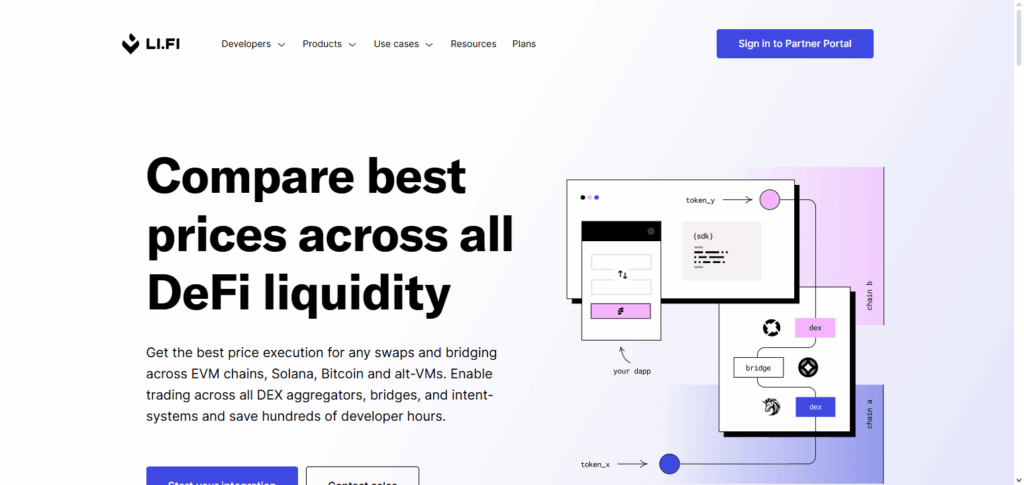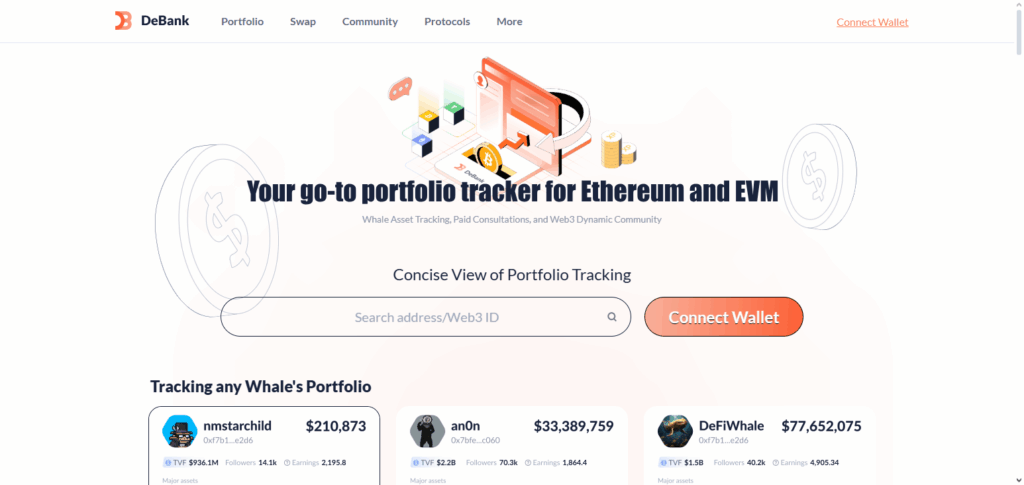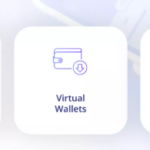In this article, I will explain How to Track Cross-Chain Transaction History efficiently. Monitoring transactions is important when moving digital assets across blockchains.
- What Are Cross-Chain Transactions?
- How to Track Cross-Chain Transaction History
- Example: Cross-Chain Swap Tracking from Polygon to Optimism using LI.FI
- Capture the Transaction Hash
- Analyze Source Chain Explorer
- Analyze Destination Chain Explorer
- Track Transactions with LI.FI Tools
- Record the Transaction
- Portfolio Manager for All Blockchains
- Why Tracking Cross-Chain Transactions Matters
- Common Challenges in Tracking Cross-Chain History
- Tips for Accurate Cross-Chain Tracking
- Pros & Cons
- Conclusion
- FAQs
I will explain how to monitor your transfers correctly, avoid common mistakes, stay updated, and utilize effective strategies, tools, and best practices throughout the entire cross-chain transaction process.
What Are Cross-Chain Transactions?
Cross-chain transactions pertain to the processes of moving digital assets or information between two different blockchain networks. Unlike transactions that happen within a single blockchain, cross-chain transactions have a level of interoperability, enabling users to transfer tokens, NFTs or information between multiple chains.

This functionality is critical for DeFi, multi-chain applications, and other interdependent systems because it solves the problem of confined blockchains and isolates, offering better agility, liquidity, and user experience across blockchain platforms.
How to Track Cross-Chain Transaction History

Example: Cross-Chain Swap Tracking from Polygon to Optimism using LI.FI
Capture the Transaction Hash
- LI.FI gives a transaction hash for the Polygon side once the swap is initiated.

- You copy it instantly—it’s your tracking anchor.
Analyze Source Chain Explorer
- You navigate to polygonscan.com and paste the hash.
- You check and see that USDT indeed left your wallet and was sent to the bridge contract.
Analyze Destination Chain Explorer
- LI.FI also gives you a destination hash post bridging which happens instantly.
- You verify that 500 USDT was sent to your wallet using Optimism Explorer.
Track Transactions with LI.FI Tools
- You go to LI.FI’s dashboard and enter your wallet address.
- It displays the complete swap route:
- Polygon → Bridge → Optimism

- Token: USDT
- Time: 7 minutes
- Status: Completed
Record the Transaction
- You swap transactions and record them in Notion or Google Sheets as follows:
- Date, amount, chains used, protocol, links to explorer, and remarks.
- Having this record assists, especially in tax reporting or in case of an audit.
Portfolio Manager for All Blockchains
- You can now append your wallet to Rabby, Zapper, or DeBank.

- With these tools, one’s balances and activities, including bridged assets, are shown.
Why Tracking Cross-Chain Transactions Matters
Loss of Funds: Ascertains the assets are sent to the proper blockchain and not stuck anywhere.
Provides Visibility: offers broad and deep visibility of transaction status at the cross-multi-chain level.
Supports Security: A reliable mechanism to detect early failed transfers or suspicious transfers.
Aids Compliance: Ensures accurate records are kept which assists in the reporting of taxes and other regulatory compliance obligations.
Effectiveness: Enhances the efficiency and speed with which transactions are resolved.
Common Challenges in Tracking Cross-Chain History
No Single Explorers: Most blockchains come with their own separate explorers which complicates tracking transactions and activities across multiple chains in one location.
Diverse Transaction Identifiers: The destination and source chains have very different transactional hashes which makes tracking them and establishing their correlation more difficult.
Slow Confirmations: Multiple verification steps take place which results in cross-chain transfers being done in a longer amount of time.
Comprehensive Bridge Protocols: The numerous and different bridge protocols used add an additional layer to tracking.
Uneven Structures of Blockchain Data: The different way blockchain data is organized makes tracking more difficult.
Tips for Accurate Cross-Chain Tracking
- For each individual chain involved, always save and bookmark your transaction hashes.
- Each and every multi-chain tracking tools, blockchain explorers and trackers like ether scan should be reliable.
- Double check both the sender and receiver wallet addresses.
- From the wallets and bridges, enable alerts and notifications for the concerned transaction.
- On each of the relevant blockchains, check and cross-verify the transaction time and confirmation.
- Forecast some delays by tracking gas fee and the network status.
- Confirmation should not be reliant on a single platform only, several others should be used.
Pros & Cons
| Pros of Tracking Cross-Chain Transactions | Cons of Tracking Cross-Chain Transactions |
|---|---|
| Improves transparency and trust across blockchains | Requires checking multiple blockchain explorers |
| Helps prevent loss of funds by confirming transfers | Can be time-consuming due to network delays |
| Supports compliance with tax and regulatory requirements | Transaction data formats vary, complicating tracking |
| Enables quicker troubleshooting of failed or stuck transfers | Lack of unified, user-friendly tracking tools for all chains |
| Enhances security by spotting suspicious activity early | Some bridges have complex mechanisms that are hard to follow |
Conclusion
Monitoring transaction histories from multiple chains is critical for maintaining the security, openness, and precision of digital asset transactions across different blockchain networks. Utilizing dependable tools and applying best practices—like keeping transaction hashes and confirming both source and destination chains—allows you to track your cross-chain activity seamlessly.
Being proactive and practicing due diligence greatly increases the protection of your assets, enabling effortless and worry-free management of funds involving multiple chains.
FAQs
Can I track cross-chain transactions without a transaction hash?
Tracking is very difficult without a transaction hash because it uniquely identifies your transaction on the blockchain. Always save your transaction hash for accurate tracking.
What tools can I use to track cross-chain transactions?
You can use multi-chain blockchain explorers, DeFi portfolio trackers, and bridge-specific dashboards like Polygonscan, Etherscan, or third-party apps such as Zapper and Debank.
How long do cross-chain transactions usually take to confirm?
Confirmation times vary by blockchain and bridge used but generally take from a few minutes up to an hour, depending on network congestion and protocols.







